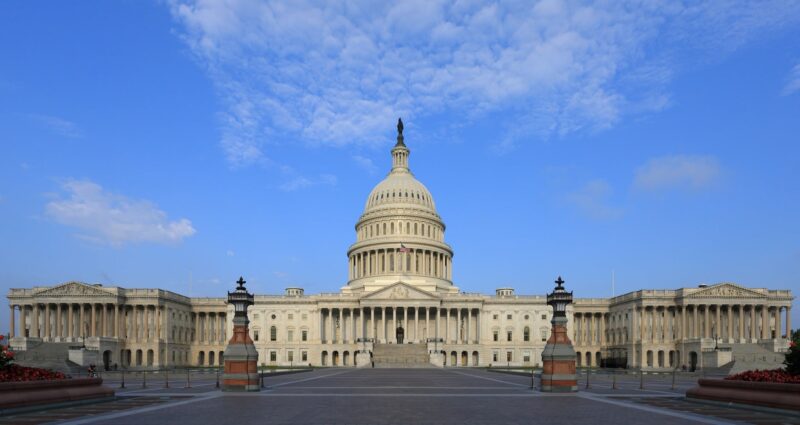
Congress this week passed a temporary spending bill that will keep the Department of Energy funded at 2017 levels for at least more than two months into the new fiscal year, setting up another holiday-season budget showdown on Capitol Hill.
The House on Friday…